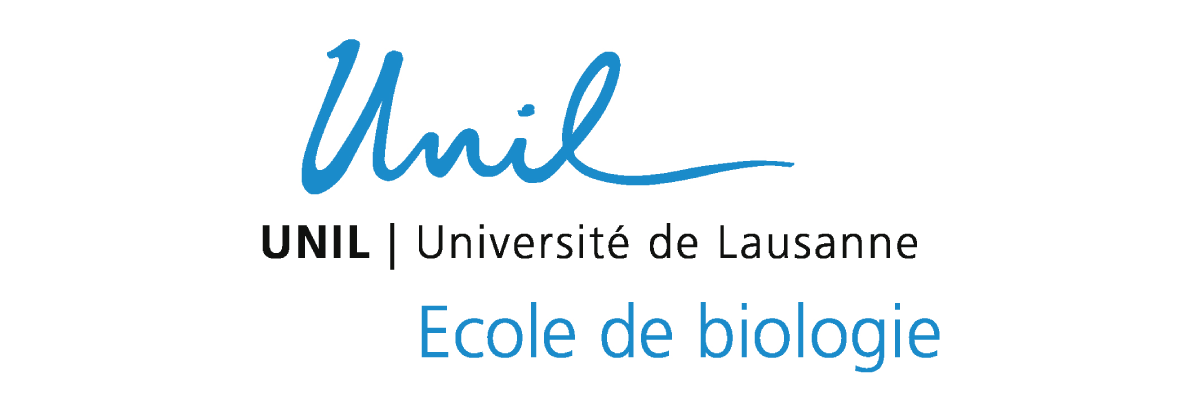
© Axel Kock - Dreamstime
A hands-on class to learn different aspects of genomics and bioinformatics
- Sequence and compare microbial communities found in nature
- Isolate and sequence bacteria from these environments
- Assemble, annotate, and compare their genomes
Description
This class offers Master students the unique opportunity to learn about cutting-edge sequence technologies, bioinformatics, and genomics through a Training-through-research experience in the field of microbiome research. Guided by a small team of instructors and experts, the students will work on an exciting real life research project while getting trained in skills relevant for their future careers at the University and beyond.
The principle is simple: every year the students start with samples collected from environments that contains microbes. The students use PacBio 16S rRNA gene sequencing to characterize and compare the composition of these microbial communities. Each students will then isolate and sequence the genome of one bacterium found in these environments. They will reconstruct the complete genome of their bacteria by assembling short Illumina reads into contigs and then close the gaps between these contigs using long read Oxford Nanopore sequencing. The quality of the reconstructed genomes will be assessed before the genomes are annotated to identify the functional gene content. In the last part of the course the students will make their genomes available to each other, split into groups and carry out comparative genome analysis across the entire dataset of the course. The course will end with the student’s presenting their findings! The ultimate goal is to publish the genomes as a Genome announcement with all students as co-authors at the end of the course. Throughout the course, different assistants and experts from UNIL will give lectures about the underlying methods and biological concepts of the course, and relevant literature will be read and presented to each other.
A unique feature of this course is the work on an actual research project, for which the results are totally unknown at the start of every year, and for which the methods are continuously evolving: the teachers and the students must stay at the forefront of the latest experimental and computational expertise. In the end, the students have produced new knowledge, and have learned to work with cutting-edge sequencing and bioinformatics technologies.
As far as the Lausanne team knows, they were the first in the world to propose such a course, when the MLS Master program was first launched in 2010. Since then the course is further developed every year to match the rapid advancements in sequencing technologies, bioinformatics, and microbiome research.


